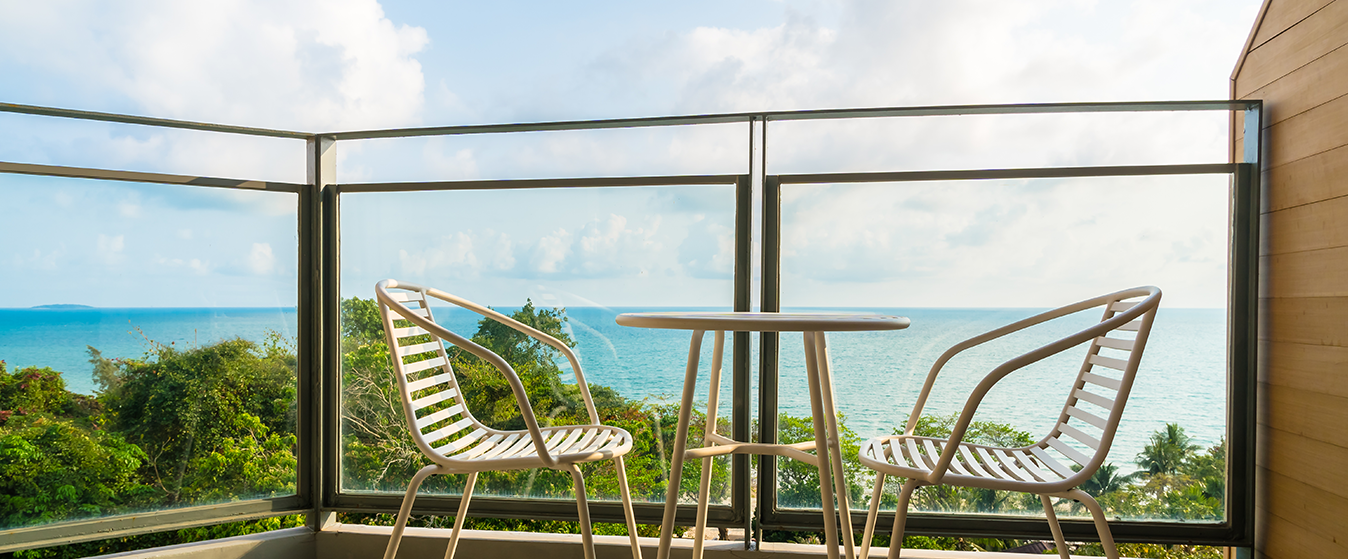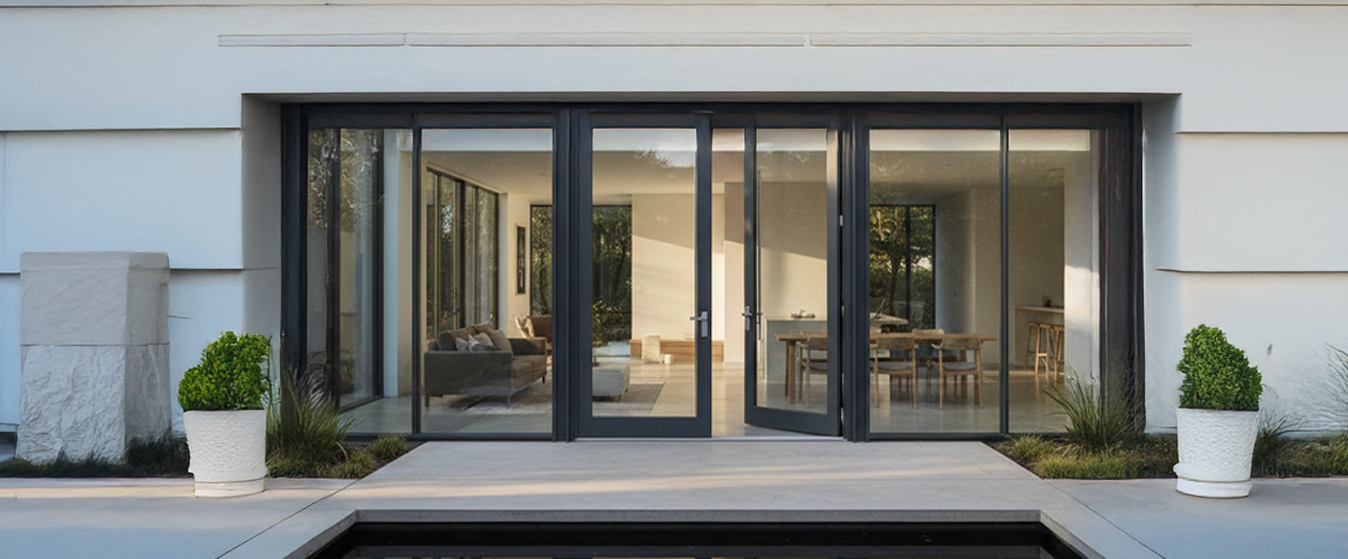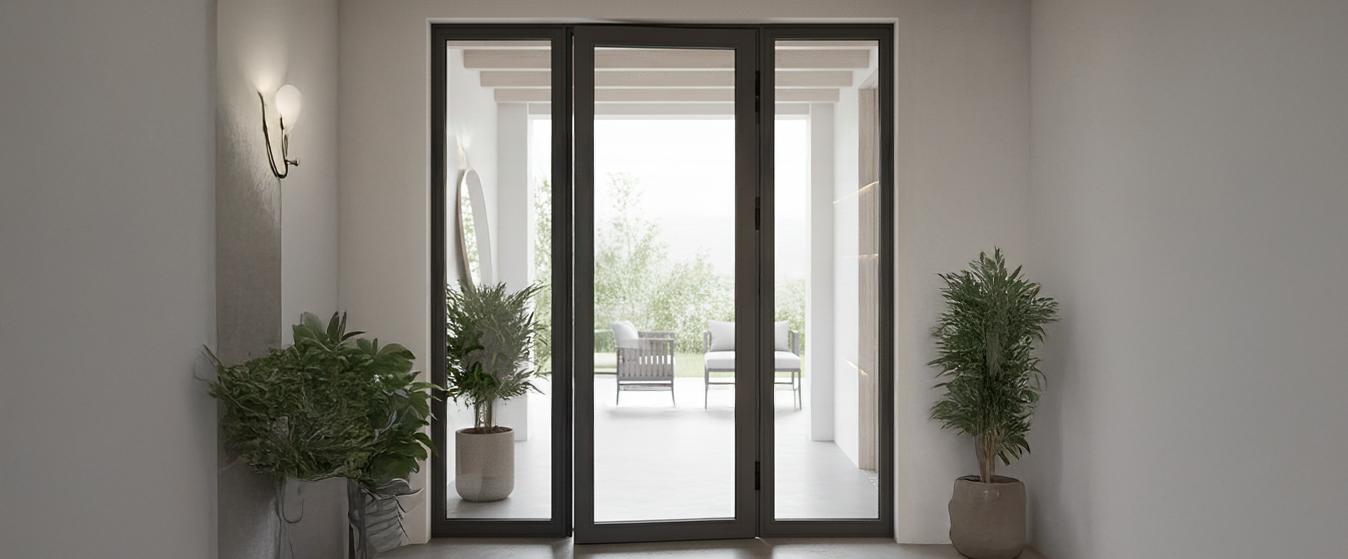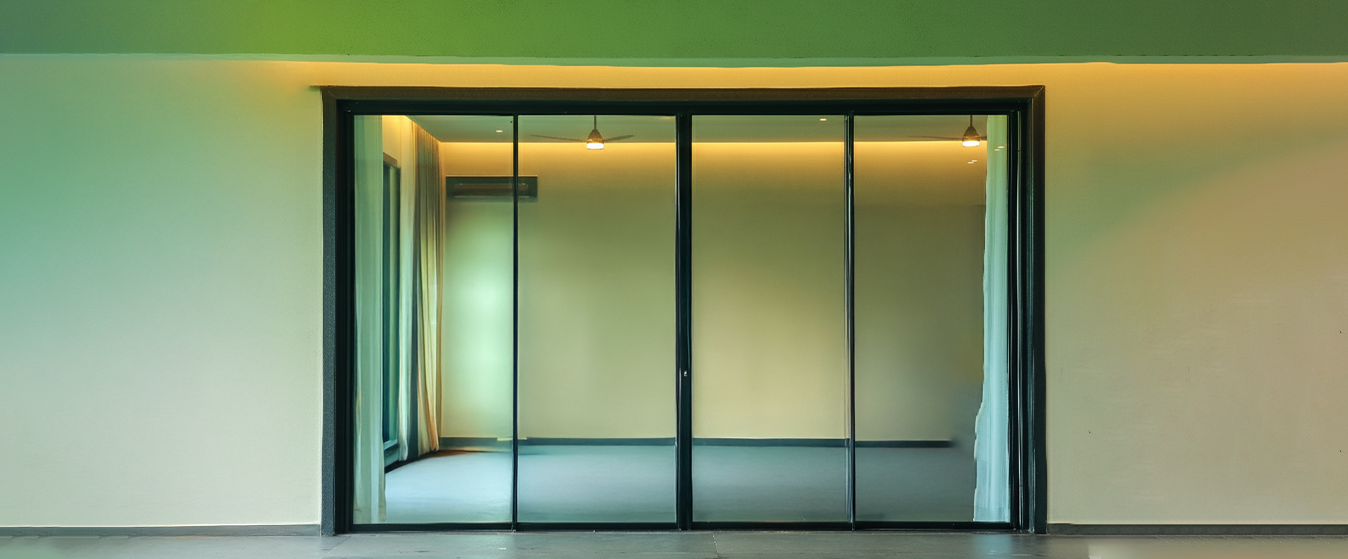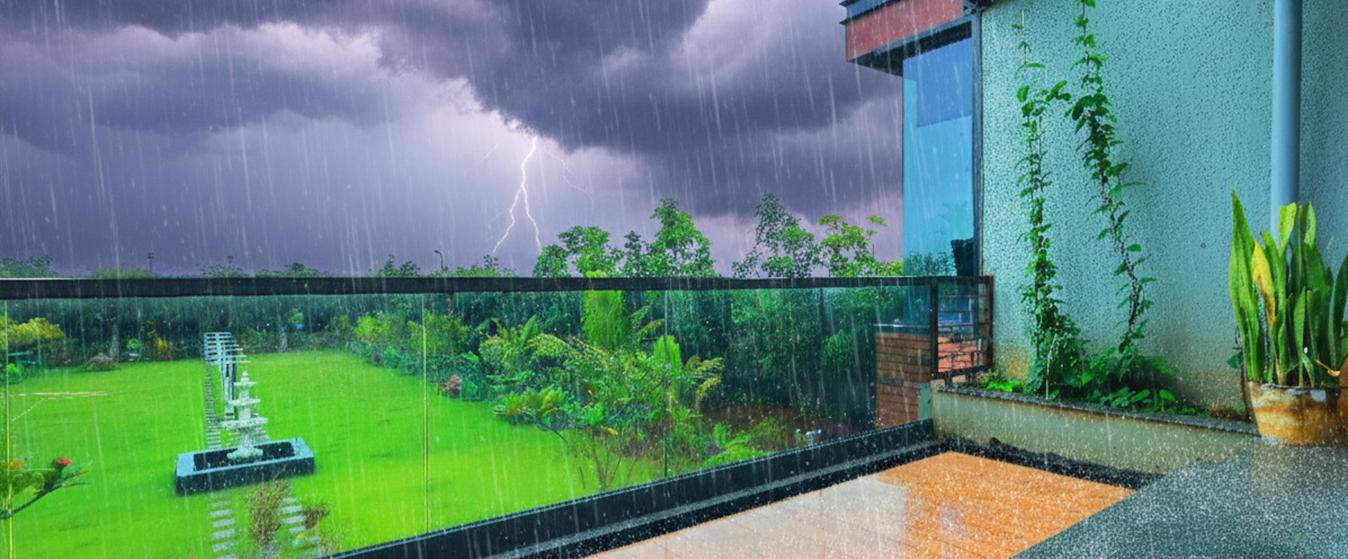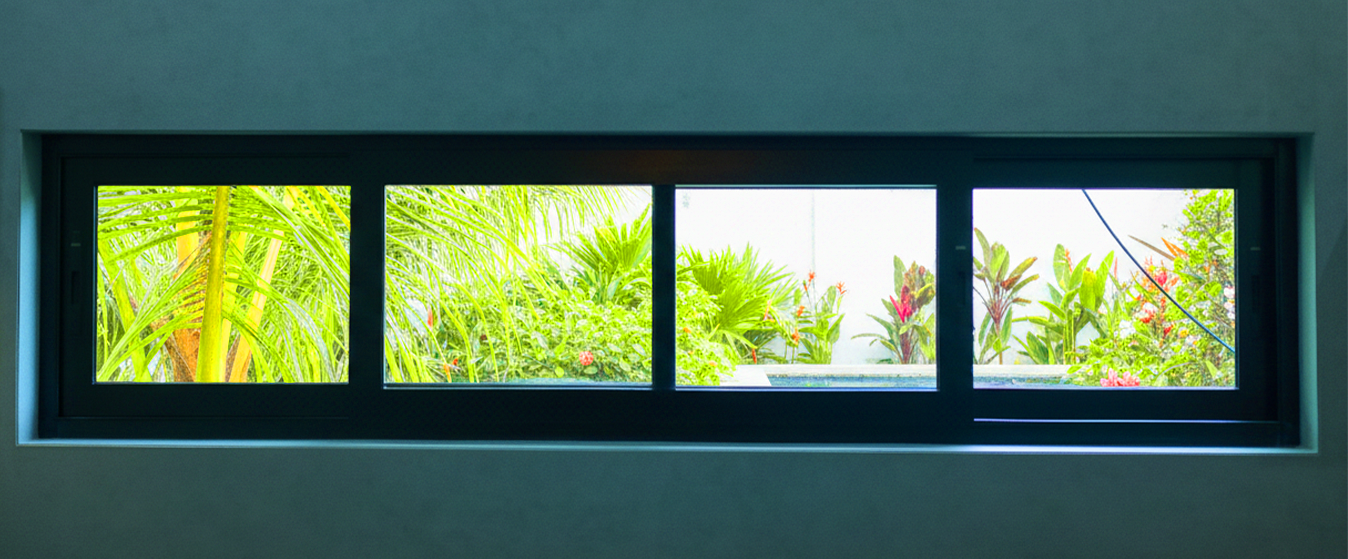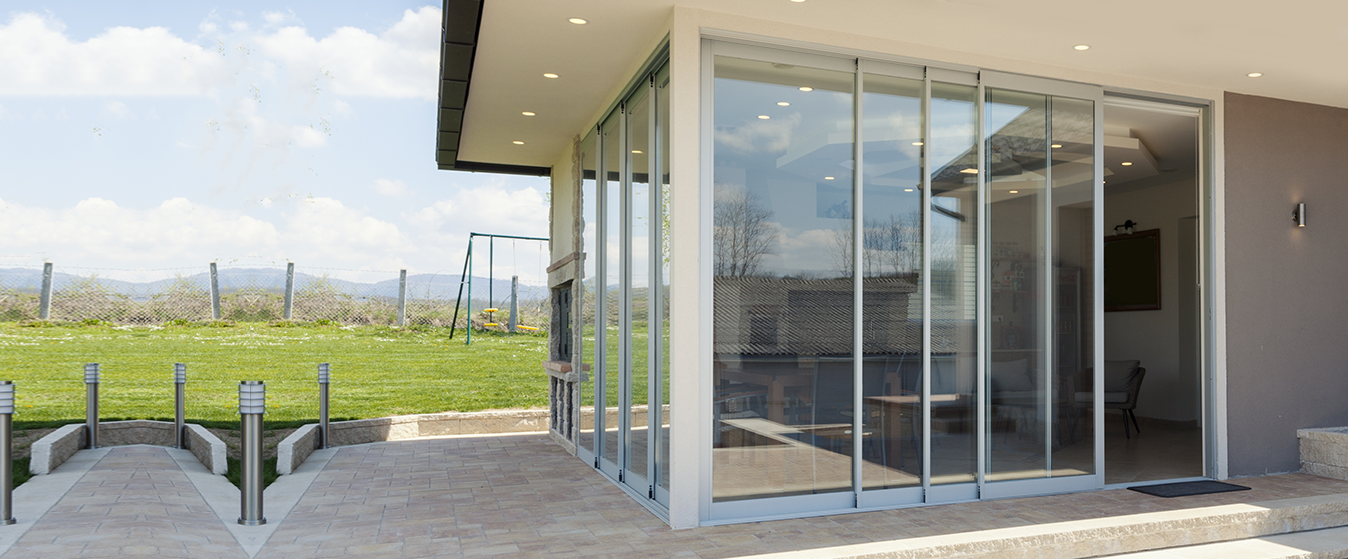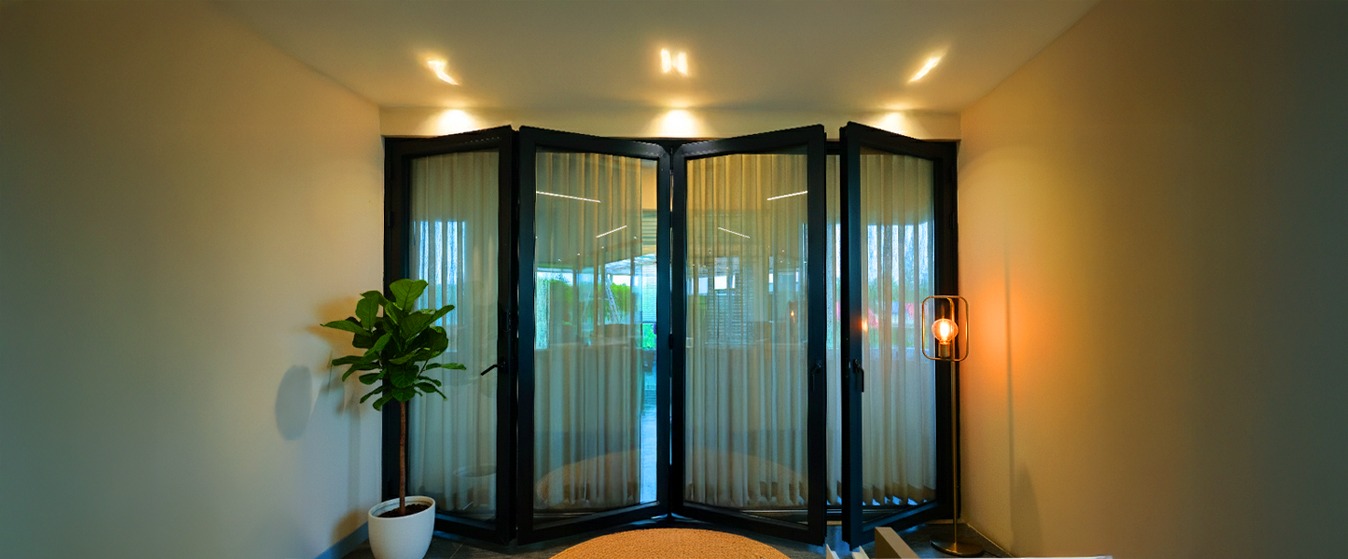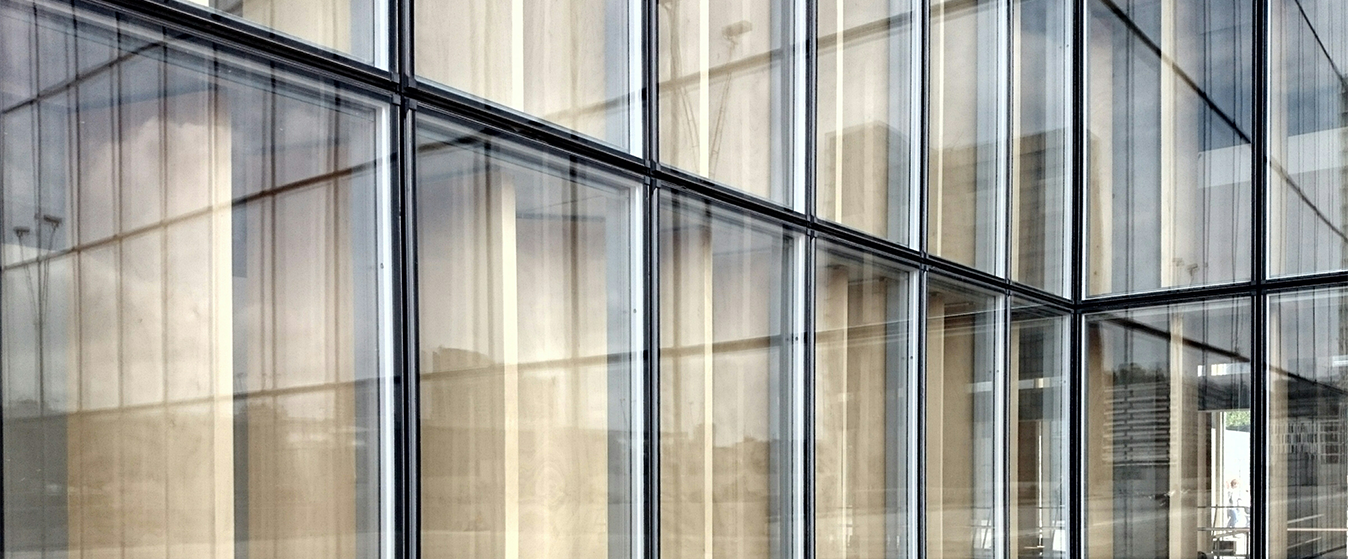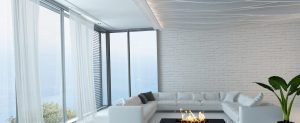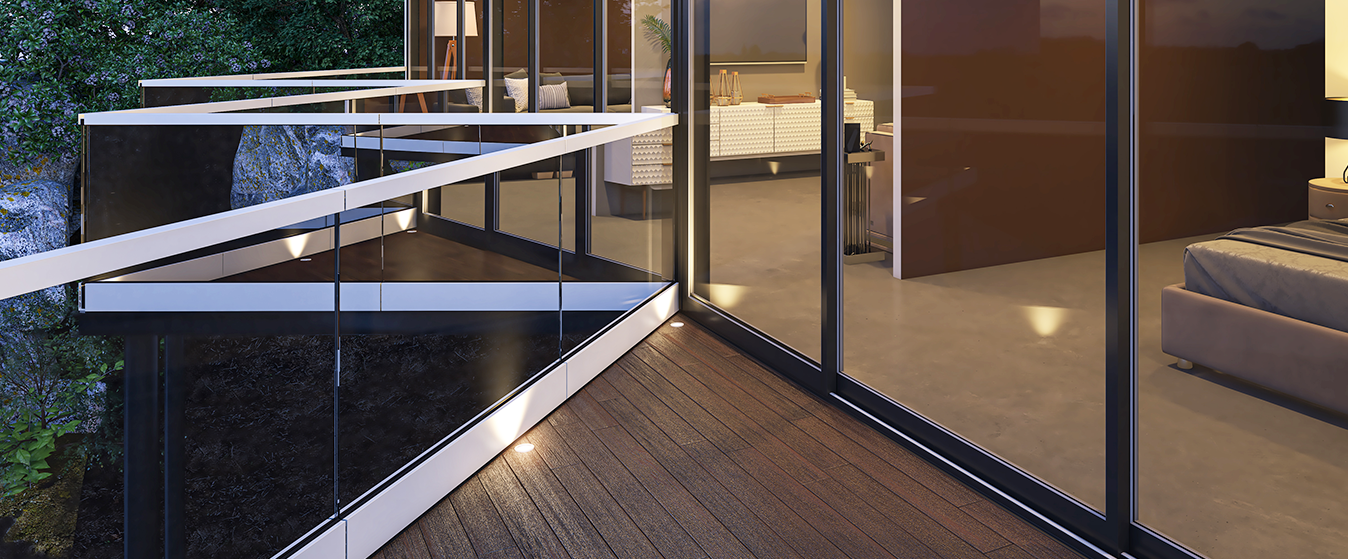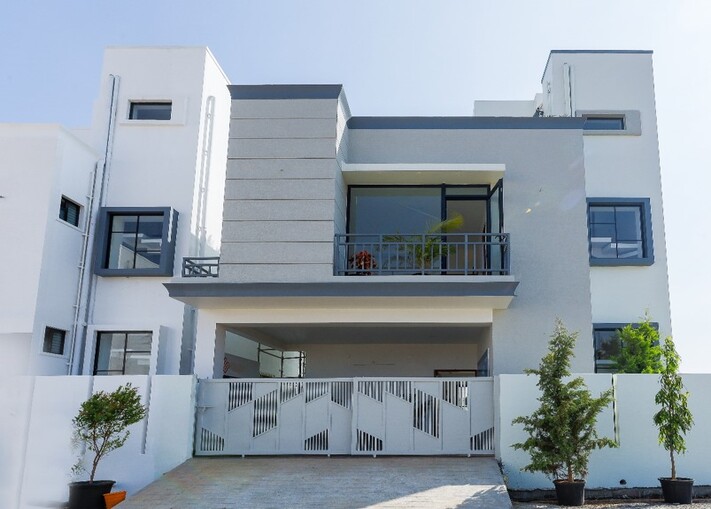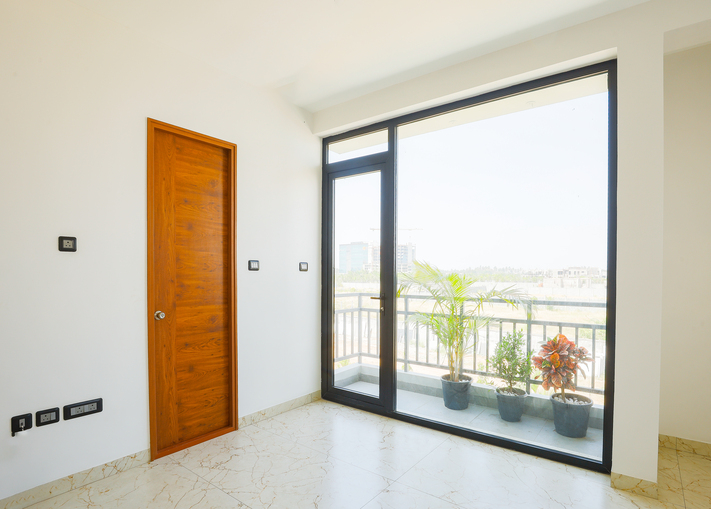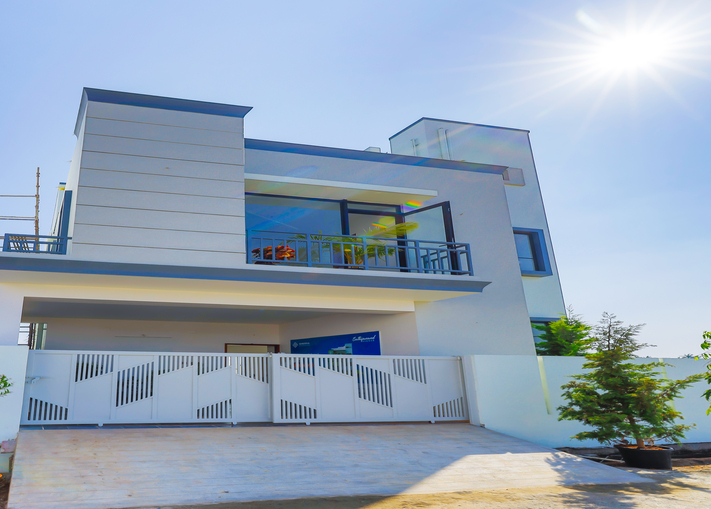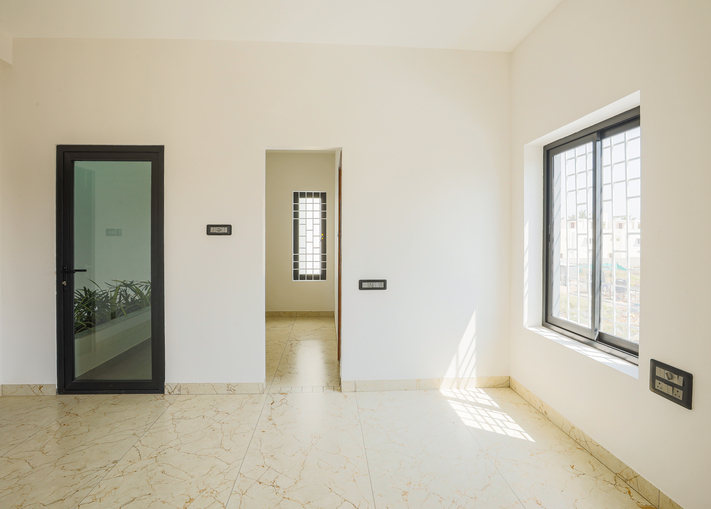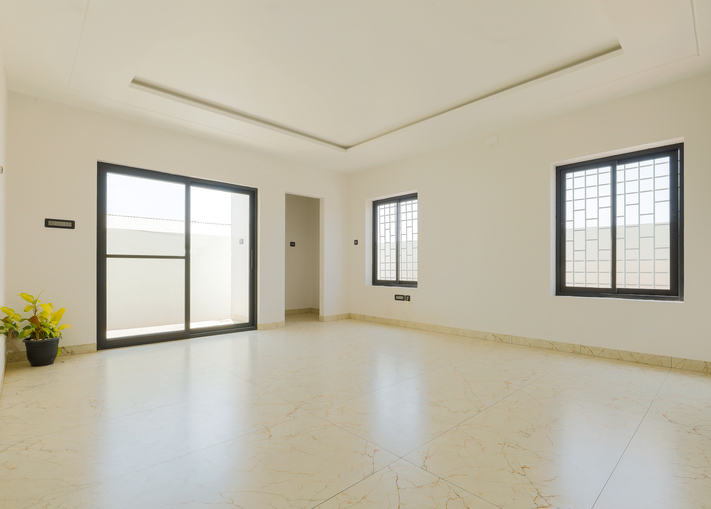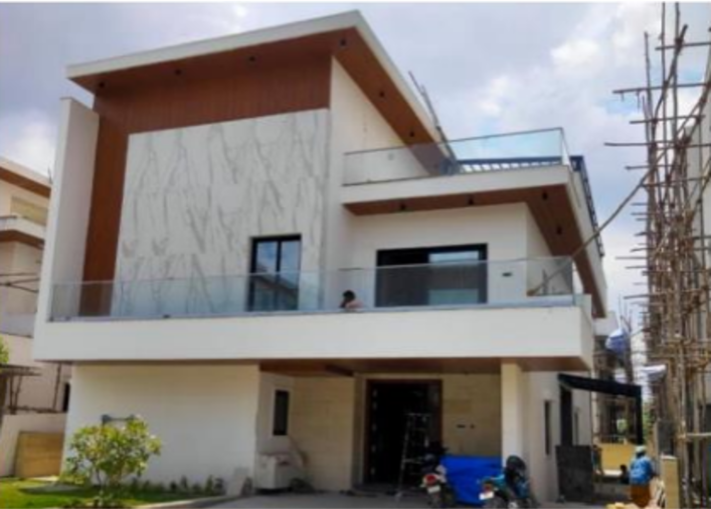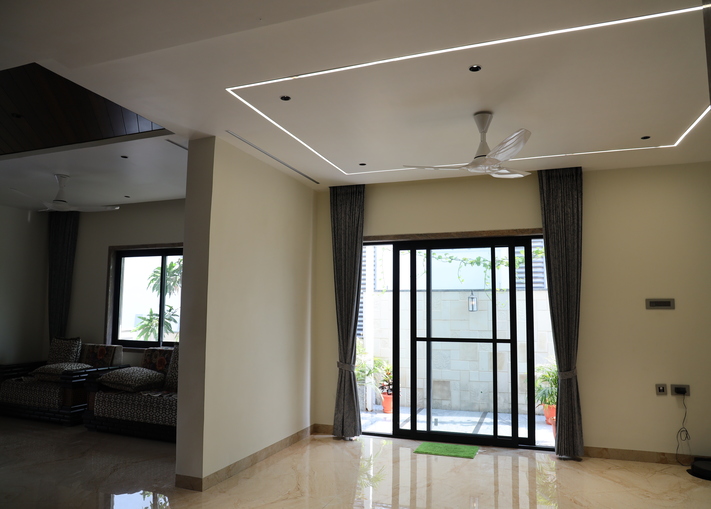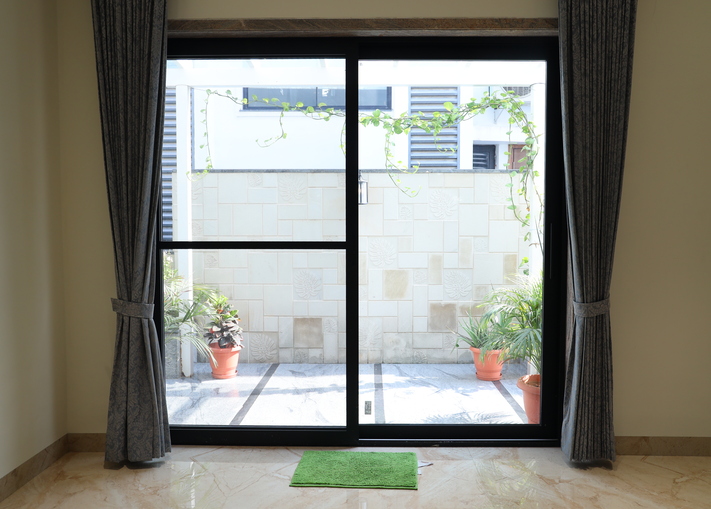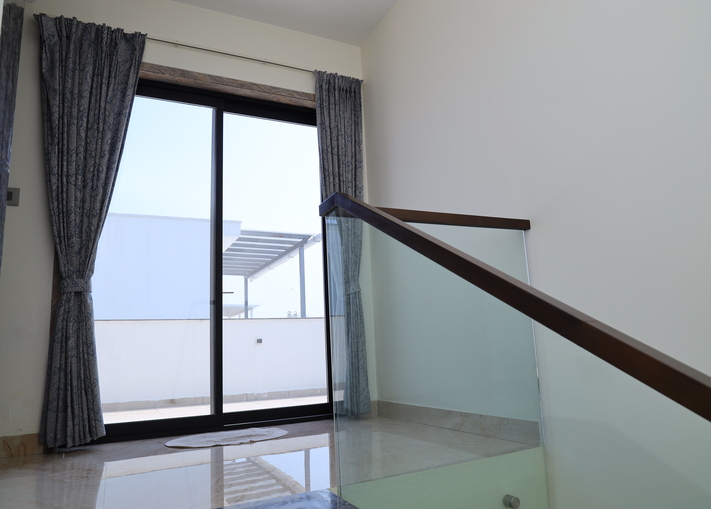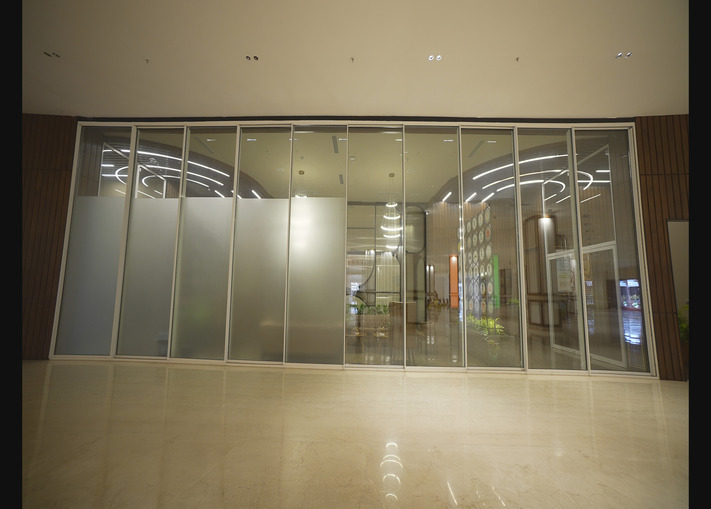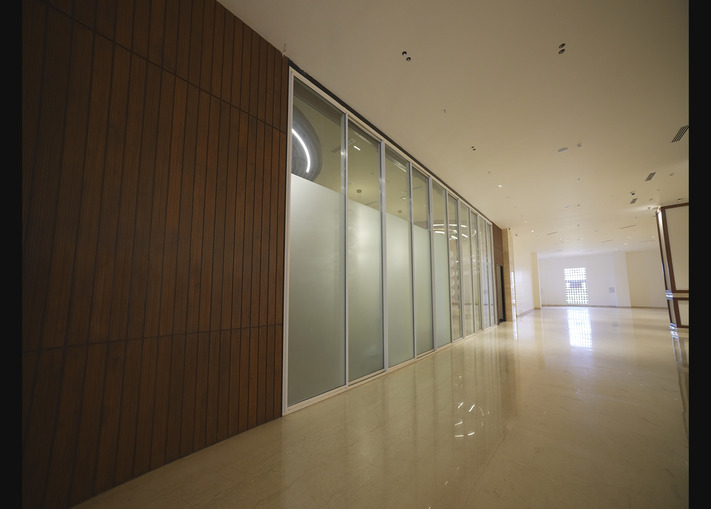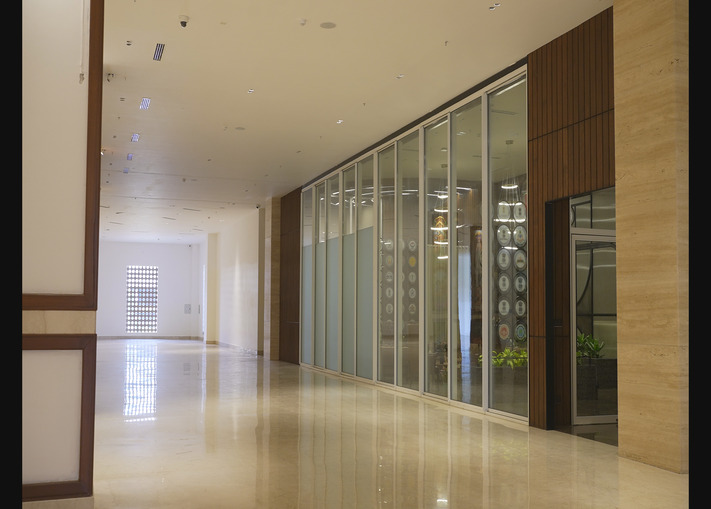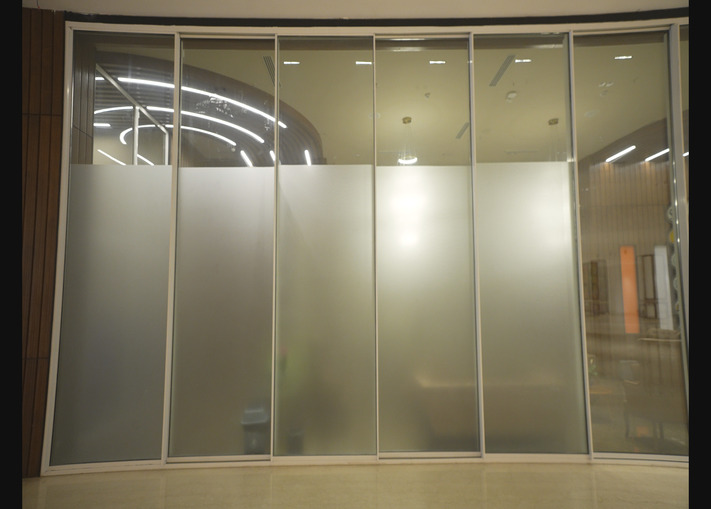How to Choose the Right Modern Balcony Railing Design for Your Home?
August 11, 2025
Step outside your room, and there is your balcony, a small corner of the home where sunlight settles in, breezes pass through, and you feel a quiet moment.
Whether you use it to sip chai in the evening, read a book on weekends, or grow a few plants, the balcony plays a quiet yet meaningful role in daily life.
To support it, there are railings, not just for safety but also to shape your balcony’s appearance.
In this blog, we will take you through 7 important things to consider when choosing a modern balcony railing design and offer a few design ideas.
1. Look at Your Balcony’s Structure and Use
Every balcony is different. Some are narrow and overlook a street, while others wrap around a room or open into a garden.
You need to understand the shape and size of your balcony before selecting a railing.
If it faces a busy road, you will want a design that protects from wind and noise. You can choose something more open if it opens into a private lawn. Practicality becomes more important than aesthetics if you mainly use it to dry clothes.
Also check for space, sunlight direction, and the weight your balcony can hold. These small details can help you choose a railing that fits your needs.
2. Know the Most Common Railing Materials Used Today
Material choice is the foundation of any interior design. Different materials have different shelf lives, which makes it an important factor.
Most modern balconies lean towards three materials: aluminium, glass, and steel.
- Aluminium is light, rust-proof, and perfect for Indian weather.
- Glass opens the space and lets in the view, often paired with aluminium for safety and minimalism.
- Steel adds strength but may need extra maintenance and not fit softer or more organic exteriors.
Among these, aluminium glass combinations have become the go-to for most premium homes, clean, stylish, and easier to manage.
3. Safety Features
Whatever railing you choose must keep you secure, without drawing attention to itself.
Modern railings use toughened or laminated glass, which breaks safely without shattering. The frames anchor securely with robust fixings. Standards usually require a minimum height of 1,000 mm, especially when children or elders live in the home. Bars and panels must be close‑spaced to prevent small children from slipping through.
Good design is defined by safety and minimalism. For example, aluminium frames with glass panels that lock tightly when shut. Stainless steel top rails can add grip, and hidden hinges eliminate sharp edges.
4. Privacy and Sunlight Needs
A right balcony can protect you, while a bad one can open to danger.
If your balcony faces a neighbour’s window, street, or common area, full glass may feel too open. In such cases, frosted or tinted glass can help. It lets light in but keeps prying eyes out.
You can also choose aluminium slats, which can be horizontal or vertical. These allow air to pass while blocking direct views. Some people even use latticework or adjustable screens to open them during the day and close them at night.
With the right privacy feature, your balcony feels comfortable without feeling closed in.
5. Frame and Mounting Style
Where and how a railing mounts affect both the look and the space.
Top-mounted rails sit on the balcony floor. They are easier to install but raise the surface’s height. Side-mounted systems, anchored into the slab edge, create a cleaner, floating appearance and preserve more usable floor area.
In Frameless designs, glass held in place with hidden clamps or brackets offers a nearly invisible barrier. Frameless railings create uninterrupted views and large unbroken glass surfaces. They work best in spaces where minimalism and framing scenery are key.
Choosing between these styles depends on aesthetics, floor plan, and design priorities. Mixing styles like frameless corners and framed centre can achieve openness and structure.
6. Wind and Weather Resistance
A balcony railing must handle weather 24/7, whether sun, rain, dust, or wind.
Aluminium is a top choice here. Powder-coated or anodised aluminium does not rust or fade easily.
If laminated or treated with nano-coating, glass stays clear and is easier to clean. You can even get glass that resists water stains or dust sticking to it.
If you live in a windy area or near the sea, choose strong fixings, thicker laminated glass, and side-mounted aluminium for better resistance.
Weather-ready railings last longer, save money in the long run, and keep the balcony looking fresh.
7. Maintenance and Cleaning
Nobody wants a railing that needs too much care. That is why modern materials are better.
Aluminium and glass railings only need basic cleaning. Wipe them with a micro-fabric cloth, rinse off dust, and avoid harsh chemicals. Check screws and fittings twice a year.
Steel, on the other hand, may rust. It needs anti-rust paint every few years. Wood needs sealing or polishing, and vinyl can crack under too much sun.
For busy families, aluminium-glass options are an ideal option.
Popular Modern Balcony Railing Designs That Work for Indian Homes
Below are some designs that are trending in India nowadays:
1. Clear glass with slim aluminium borders
A popular pick for high-rises and villas alike, this design keeps the view unobstructed while adding a crisp, modern edge to your balcony.
2. Aluminium slats (horizontal or vertical)
These provide a modern look with the benefit of privacy and ventilation. Great for balconies facing other buildings or busy streets.
3. Frosted or tinted glass panels
These reduce harsh sunlight and offer visual separation without feeling closed off, which makes it well-suited for homes in densely populated urban areas.
4. Frameless, side-mounted glass railings
This option gives your balcony a floating effect, making small spaces appear larger. It also has a totally minimalist look.
5. Wood-finish aluminium or perforated metal railings
These bring warmth and detail to your exterior, blending well with traditional Indian architecture and modern designs.
Conclusion
Choosing the right balcony railing depends on your lifestyle, the light your home gets, the maintenance you are comfortable with, and what you want that space to feel like.
Aluminium and glass designs offer a compelling package for a modern look with durability and low upkeep. They suit climates, invite views, and blend effortlessly with contemporary architecture.
Alteza’s range of railing systems is known for its modern qualities and quality engineering. From frameless glass systems to sleek aluminium slats, you will find solutions that look great, quench your needs, and last a long time.
FAQ’s
Q1. Which balcony railing is best?
A. For modern homes, aluminium railings with glass panels are often preferred because they deliver durability, easy maintenance, and a clean aesthetic.
Q2. Which colour is best for a balcony railing?
A. Neutral tones such as black matte, charcoal grey, or soft white are timeless. If you’re going for a warmer feel, wood-grain finishes on aluminium provide a rich look.
Q3. What is the standard height for a balcony rail?
A. Local building codes typically require a minimum height of 1,000 mm (around 3.3 feet) to ensure safety, especially on higher floors.
Q4. How tall should a railing be for a balcony?
A. A height of at least one metre is standard. If children live at home, consider going taller or adding top rail bars for extra safety.
Q5. How often should I clean and inspect my railings?
A. Cleaning with mild soap and water every two to three weeks is sufficient. A complete inspection every six months helps catch any loose fittings or mounting issues early.


